Elias Ioup
Physics-Informed Neural Network Surrogate Models for River Stage Prediction
Mar 21, 2025Abstract:This work investigates the feasibility of using Physics-Informed Neural Networks (PINNs) as surrogate models for river stage prediction, aiming to reduce computational cost while maintaining predictive accuracy. Our primary contribution demonstrates that PINNs can successfully approximate HEC-RAS numerical solutions when trained on a single river, achieving strong predictive accuracy with generally low relative errors, though some river segments exhibit higher deviations. By integrating the governing Saint-Venant equations into the learning process, the proposed PINN-based surrogate model enforces physical consistency and significantly improves computational efficiency compared to HEC-RAS. We evaluate the model's performance in terms of accuracy and computational speed, demonstrating that it closely approximates HEC-RAS predictions while enabling real-time inference. These results highlight the potential of PINNs as effective surrogate models for single-river hydrodynamics, offering a promising alternative for computationally efficient river stage forecasting. Future work will explore techniques to enhance PINN training stability and robustness across a more generalized multi-river model.
KANICE: Kolmogorov-Arnold Networks with Interactive Convolutional Elements
Oct 22, 2024


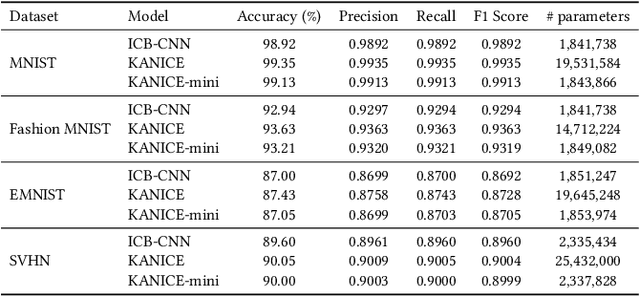
Abstract:We introduce KANICE (Kolmogorov-Arnold Networks with Interactive Convolutional Elements), a novel neural architecture that combines Convolutional Neural Networks (CNNs) with Kolmogorov-Arnold Network (KAN) principles. KANICE integrates Interactive Convolutional Blocks (ICBs) and KAN linear layers into a CNN framework. This leverages KANs' universal approximation capabilities and ICBs' adaptive feature learning. KANICE captures complex, non-linear data relationships while enabling dynamic, context-dependent feature extraction based on the Kolmogorov-Arnold representation theorem. We evaluated KANICE on four datasets: MNIST, Fashion-MNIST, EMNIST, and SVHN, comparing it against standard CNNs, CNN-KAN hybrids, and ICB variants. KANICE consistently outperformed baseline models, achieving 99.35% accuracy on MNIST and 90.05% on the SVHN dataset. Furthermore, we introduce KANICE-mini, a compact variant designed for efficiency. A comprehensive ablation study demonstrates that KANICE-mini achieves comparable performance to KANICE with significantly fewer parameters. KANICE-mini reached 90.00% accuracy on SVHN with 2,337,828 parameters, compared to KANICE's 25,432,000. This study highlights the potential of KAN-based architectures in balancing performance and computational efficiency in image classification tasks. Our work contributes to research in adaptive neural networks, integrates mathematical theorems into deep learning architectures, and explores the trade-offs between model complexity and performance, advancing computer vision and pattern recognition. The source code for this paper is publicly accessible through our GitHub repository (https://github.com/m-ferdaus/kanice).
STROOBnet Optimization via GPU-Accelerated Proximal Recurrence Strategies
Apr 22, 2024Abstract:Spatiotemporal networks' observational capabilities are crucial for accurate data gathering and informed decisions across multiple sectors. This study focuses on the Spatiotemporal Ranged Observer-Observable Bipartite Network (STROOBnet), linking observational nodes (e.g., surveillance cameras) to events within defined geographical regions, enabling efficient monitoring. Using data from Real-Time Crime Camera (RTCC) systems and Calls for Service (CFS) in New Orleans, where RTCC combats rising crime amidst reduced police presence, we address the network's initial observational imbalances. Aiming for uniform observational efficacy, we propose the Proximal Recurrence approach. It outperformed traditional clustering methods like k-means and DBSCAN by offering holistic event frequency and spatial consideration, enhancing observational coverage.
* 10 pages, 17 figures, 2023 IEEE International Conference on Big Data (BigData)
A LightGBM based Forecasting of Dominant Wave Periods in Oceanic Waters
May 21, 2021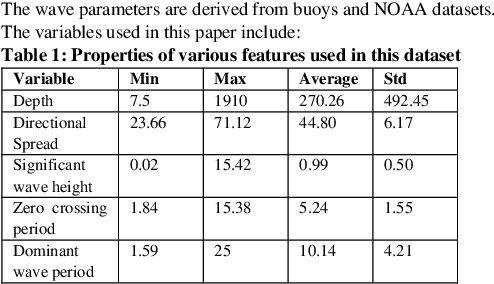
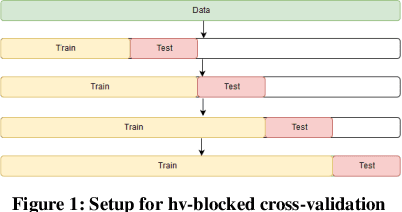
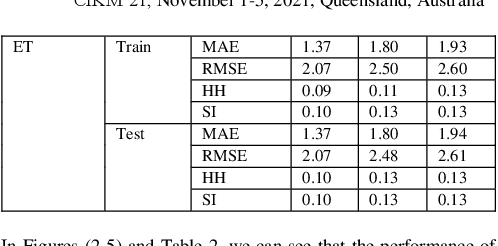
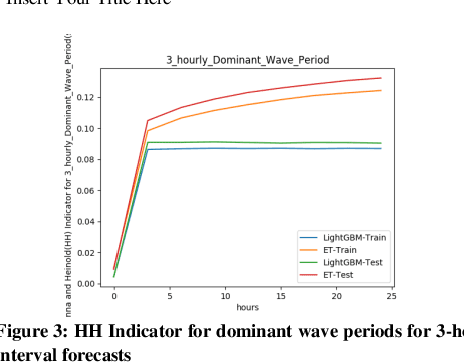
Abstract:In this paper, we propose a Light Gradient Boosting (LightGBM) to forecast dominant wave periods in oceanic waters. First, we use the data collected from CDIP buoys and apply various data filtering methods. The data filtering methods allow us to obtain a high-quality dataset for training and validation purposes. We then extract various wave-based features like wave heights, periods, skewness, kurtosis, etc., and atmospheric features like humidity, pressure, and air temperature for the buoys. Afterward, we train algorithms that use LightGBM and Extra Trees through a hv-block cross-validation scheme to forecast dominant wave periods for up to 30 days ahead. LightGBM has the R2 score of 0.94, 0.94, and 0.94 for 1-day ahead, 15-day ahead, and 30-day ahead prediction. Similarly, Extra Trees (ET) has an R2 score of 0.88, 0.86, and 0.85 for 1-day ahead, 15-day ahead, and 30 day ahead prediction. In case of the test dataset, LightGBM has R2 score of 0.94, 0.94, and 0.94 for 1-day ahead, 15-day ahead and 30-day ahead prediction. ET has R2 score of 0.88, 0.86, and 0.85 for 1-day ahead, 15-day ahead, and 30-day ahead prediction. A similar R2 score for both training and the test dataset suggests that the machine learning models developed in this paper are robust. Since the LightGBM algorithm outperforms ET for all the windows tested, it is taken as the final algorithm. Note that the performance of both methods does not decrease significantly as the forecast horizon increases. Likewise, the proposed method outperforms the numerical approaches included in this paper in the test dataset. For 1 day ahead prediction, the proposed algorithm has SI, Bias, CC, and RMSE of 0.09, 0.00, 0.97, and 1.78 compared to 0.268, 0.40, 0.63, and 2.18 for the European Centre for Medium-range Weather Forecasts (ECMWF) model, which outperforms all the other methods in the test dataset.
Forecasting Significant Wave Heights in Oceanic Waters
May 18, 2021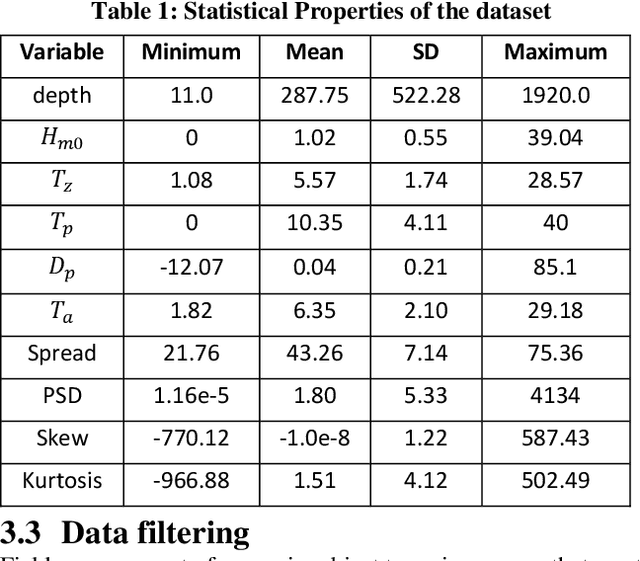
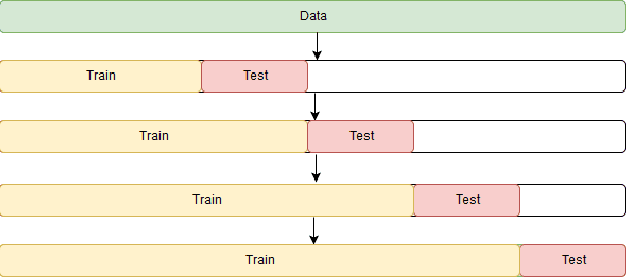
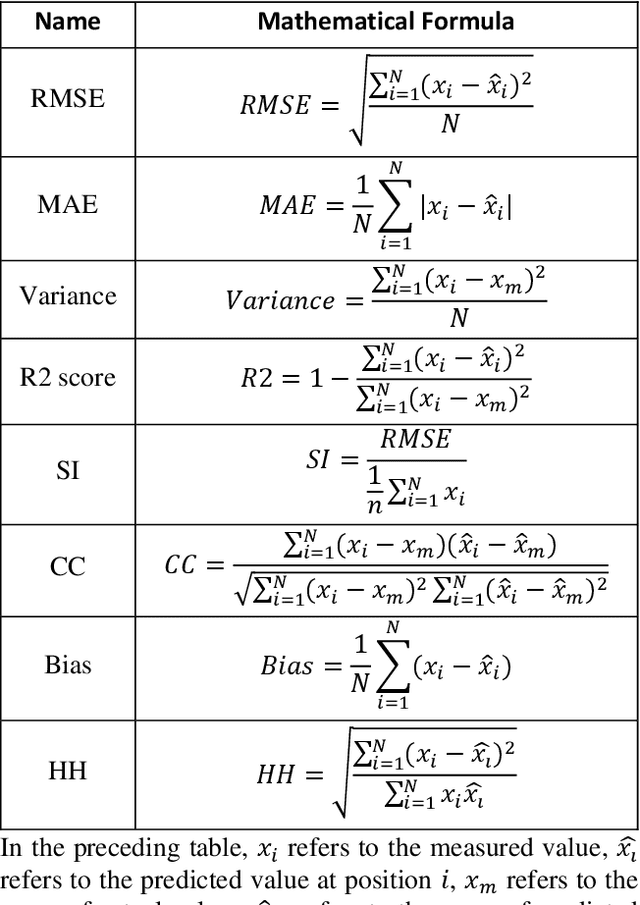
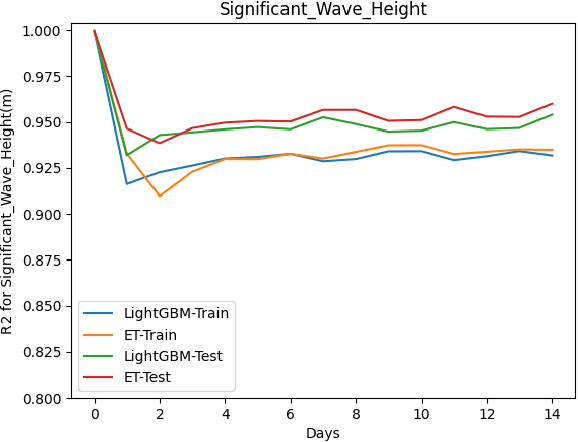
Abstract:This paper proposes a machine learning method based on the Extra Trees (ET) algorithm for forecasting Significant Wave Heights in oceanic waters. To derive multiple features from the CDIP buoys, which make point measurements, we first nowcast various parameters and then forecast them at 30-min intervals. The proposed algorithm has Scatter Index (SI), Bias, Correlation Coefficient, Root Mean Squared Error (RMSE) of 0.130, -0.002, 0.97, and 0.14, respectively, for one day ahead prediction and 0.110, -0.001, 0.98, and 0.122, respectively, for 14-day ahead prediction on the testing dataset. While other state-of-the-art methods can only forecast up to 120 hours ahead, we extend it further to 14 days. This 14-day limit is not the forecasting limit, but it arises due to our experiment's setup. Our proposed setup includes spectral features, hv-block cross-validation, and stringent QC criteria. The proposed algorithm performs significantly better than the state-of-the-art methods commonly used for significant wave height forecasting for one-day ahead prediction. Moreover, the improved performance of the proposed machine learning method compared to the numerical methods, shows that this performance can be extended to even longer time periods allowing for early prediction of significant wave heights in oceanic waters.
Random Forest Classifier Based Prediction of Rogue waves on Deep Oceans
Mar 13, 2020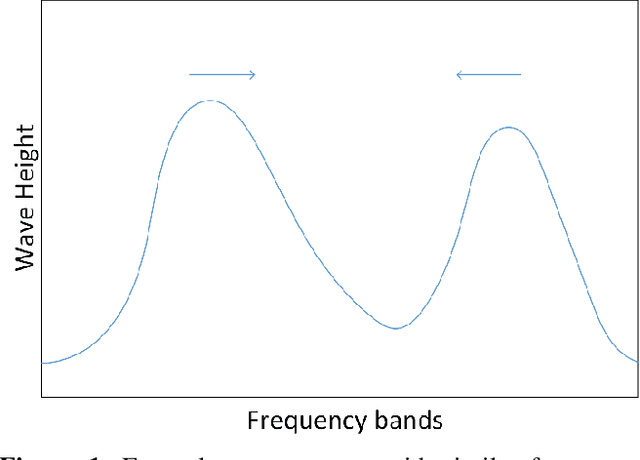
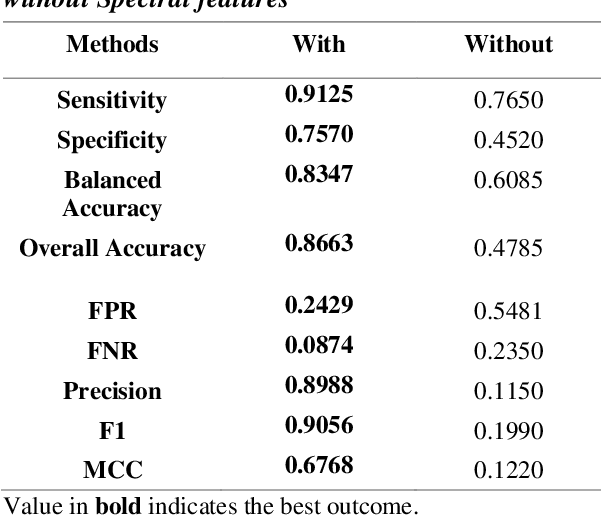
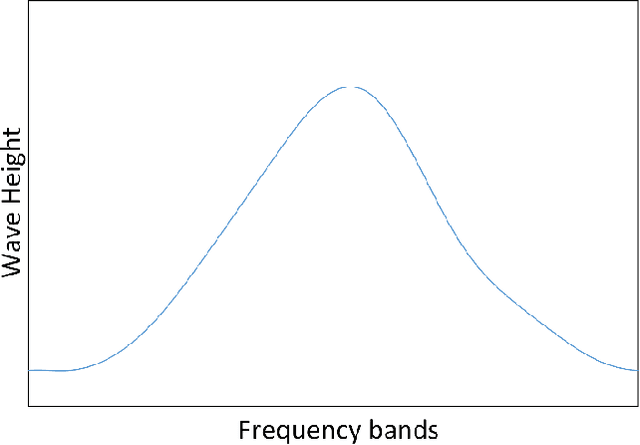
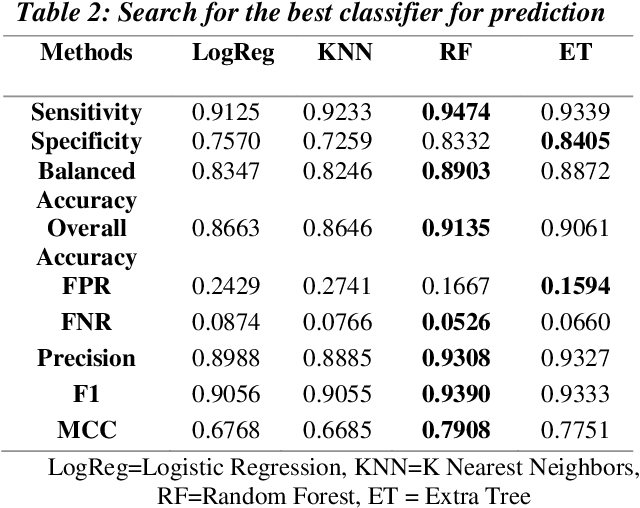
Abstract:In this paper, we present a novel approach for the prediction of rogue waves in oceans using statistical machine learning methods. Since the ocean is composed of many wave systems, the change from a bimodal or multimodal directional distribution to unimodal one is taken as the warning criteria. Likewise, we explore various features that help in predicting rogue waves. The analysis of the results shows that the Spectral features are significant in predicting rogue waves. We find that nonlinear classifiers have better prediction accuracy than the linear ones. Finally, we propose a Random Forest Classifier based algorithm to predict rogue waves in oceanic conditions. The proposed algorithm has an Overall Accuracy of 89.57% to 91.81%, and the Balanced Accuracy varies between 79.41% to 89.03% depending on the forecast time window. Moreover, due to the model-free nature of the evaluation criteria and interdisciplinary characteristics of the approach, similar studies may be motivated in other nonlinear dispersive media, such as nonlinear optics, plasma, and solids, governed by similar equations, which will allow for the early detection of extreme waves
 Add to Chrome
Add to Chrome Add to Firefox
Add to Firefox Add to Edge
Add to Edge